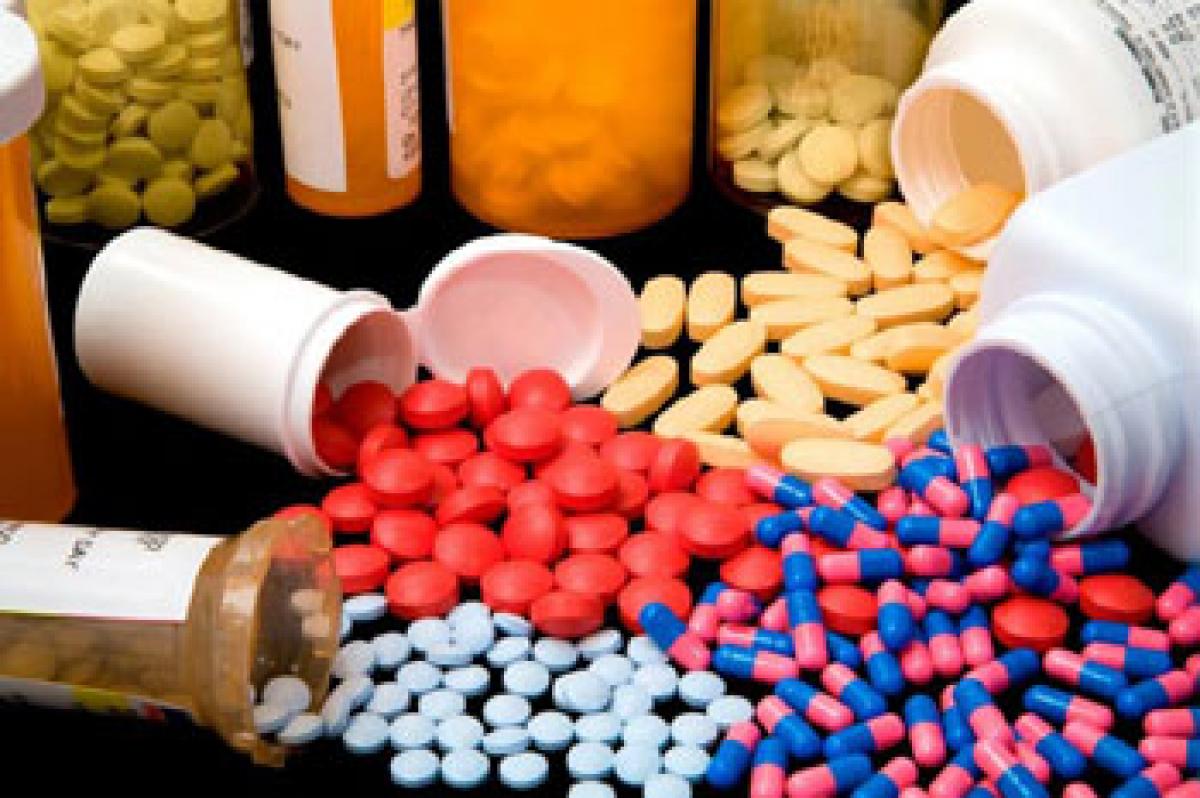Live
- Heavy rains likely in state for next five days
- To tide over crunch, State to see uptick in drug testing labs
- Development works in GVMC 88th ward to accelerate
- Bhatti meets Khattar, briefs him on Amrut contract works
- Birla Open Mind School students shine in taekwondo
- Village, ward Sectt staff plan long leave for exams
- Emergency Medicine: SVIMS conducts CME
- Parents plead for euthanasia: SC ensures govt-supported medical care for 'dead'
- EC: Shah, Nadda's bags also checked
- India, China to patrol once a week in Demchok, Depsang
Just In

The Central government on December 24 added 106 drugs including that for Cancer, HIV/AIDS and Hepatitis C to the list of essential medicines, taking the total number of items to 376.
.jpg) The Central government on December 24 added 106 drugs including that for Cancer, HIV/AIDS and Hepatitis C to the list of essential medicines, taking the total number of items to 376. In a revision of the National List of Essential Medicines (NLEM), 2011 by the core committee constituted by the Health Ministry, 106 medicines were added while 70 were deleted after a series of meetings and consultations across the country.
The Central government on December 24 added 106 drugs including that for Cancer, HIV/AIDS and Hepatitis C to the list of essential medicines, taking the total number of items to 376. In a revision of the National List of Essential Medicines (NLEM), 2011 by the core committee constituted by the Health Ministry, 106 medicines were added while 70 were deleted after a series of meetings and consultations across the country.
"There were 348 medicines listed in NLEM, 2011. A total of 106 medicines have been added and 70 medicines have been deleted to prepare NLEM, 2015 which now contains a total of 376 medicines," a notice by the Ministry said. Some of the drugs whose prices have been fixed are insulin, ibuprofen, metronidazole combinations, dexamethazone combinations, rifampicin combinations, carbamazepine etc, says a report.
Essential medicines are those that satisfy the priority health care needs of the population and are listed with reference to the levels of healthcare, namely primary, secondary and tertiary. They are based on the country's disease burden, priority health concerns, affordability concerns etc. The committee recommended that the list, which comes into effect immediately, be revised every three years.
The efforts made by the Government of India include a policy for pricing of essential medicines. The Central government is negotiating with the pharmaceutical industry to bring down the costs of essential drugs. This will make the drugs more affordable in India.
In India, the concept of essential drug list was first promoted in Tamil Nadu state in 1994. Delhi took the lead in developing a comprehensive Drug Policy in 1994 and was the only Indian state to have such a comprehensive policy. Now many state governments too have developed standard treatment guidelines (STGs) for use within the state government health facilities. The Armed Forces Medical College (AFMC) has developed STGs for a large number of common conditions (3).
The first National Essential Medical List (NEML) was prepared in 1996 (4). This list was neither implemented for procuring drugs nor were STGs drawn up (5). The first and second revision was published in 2003 and 2011, respectively, according to the BMJ (formerly the British Medical Journal).
The NLEM caters to the primary healthcare needs of the country. Safety, efficacy and cost-effectiveness are its core concerns. It ensures availability of medicines in adequate amount and appropriate dosage forms with assured quality at an affordable price.

© 2024 Hyderabad Media House Limited/The Hans India. All rights reserved. Powered by hocalwire.com







